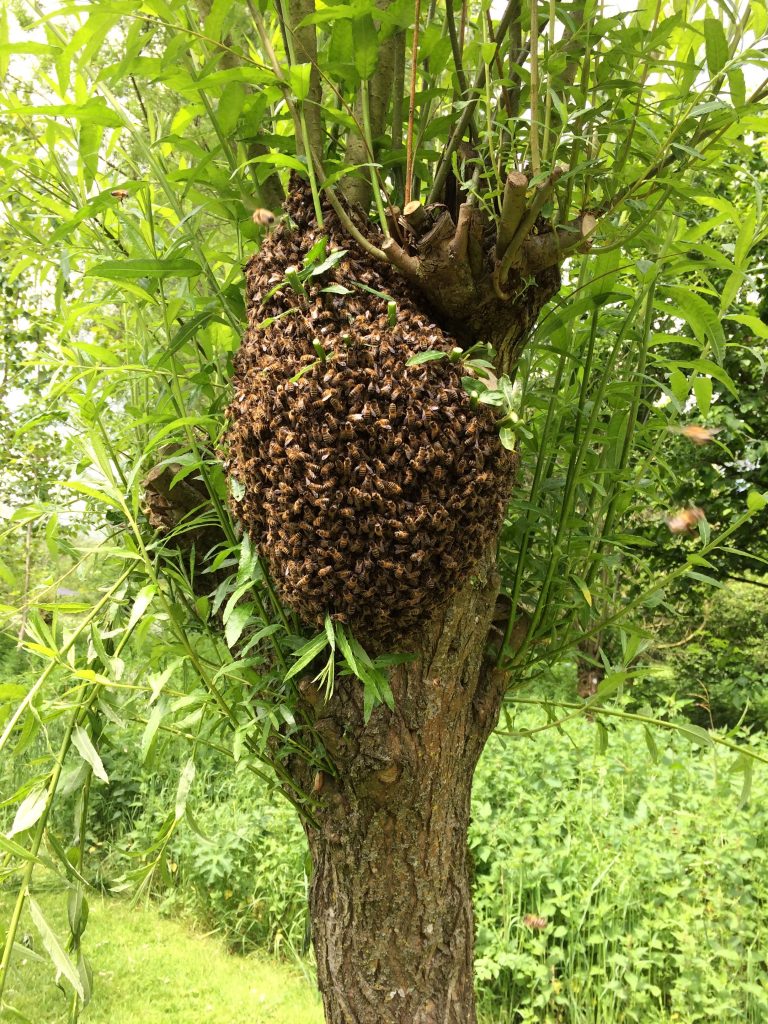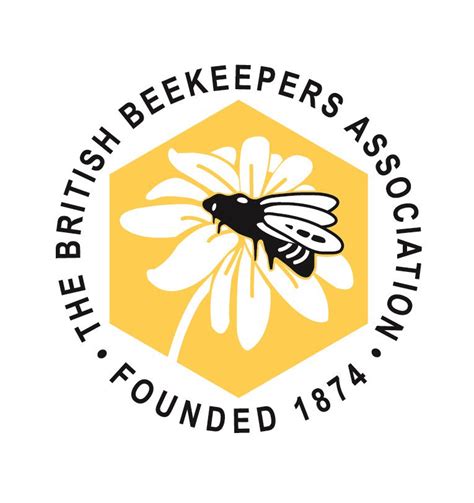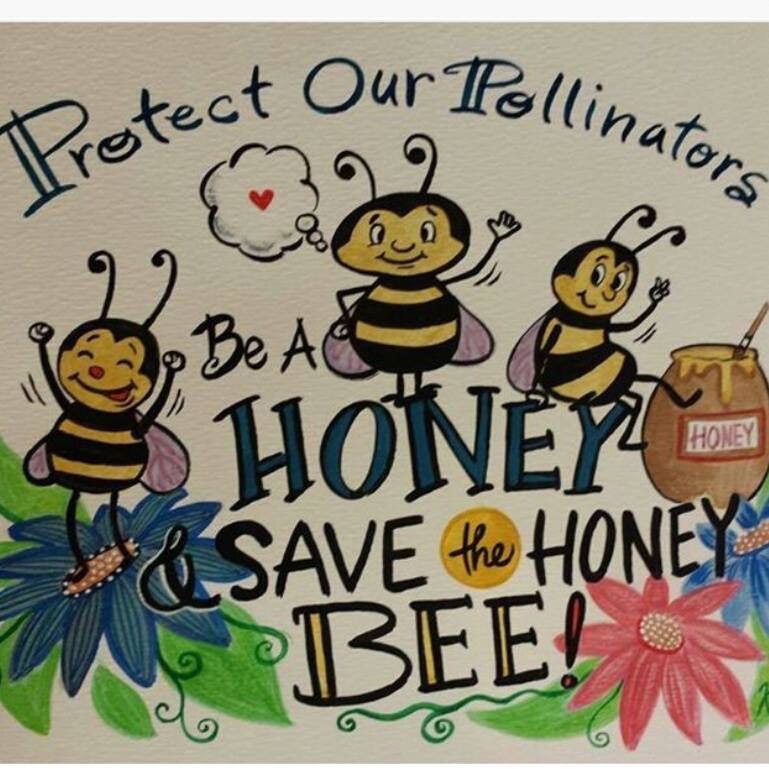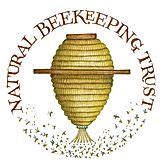A DIP INTO THE WORLD OF THE HONEY BEE IN SPRINGTIME
The world of the honey bee is fascinating and very scientific! There is much in the press and social media nowadays on the threat of modern life on the honeybee. The honey bee is only one of many species of bees (over 250 species in the UK alone) but because of their honey production, human beings have had a very close relationship with them for centuries.
In the UK bees have had to overcome some of the wettest winters on record, and sadly, some colonies have not survived. Many would have needed help from humans in the way of feeding (sugar fondant) earlier in the year.
As early as January the Queen bee will start laying eggs so all the worker bees will be seizing any opportunity to forage. By the time Spring arrives, they will be well on their way to increasing the numbers in the colony. At her peak, a healthy Queen can lay as many as 1000 eggs in a day! It is the duty of the worker bees to ensure her welfare, protect and feed her royal jelly and bringing in nectar and pollen forthe larvae and young bees.
The main months for swarming are May, June and July although in recent years, with milder winters, swarming is happening earlier. As the 17th century saying goes:
A swarm in May is worth a load of hay A swarm in June is worth a silver spoon But a swarm in July is not worth a fly!
July is quite late in the season to give them time to build up their stores and numbers for the winter.
Bees choose to swarm when they are either running out of space in their hive, the Queen has run out of space to lay her eggs or if she is an older Queen and not laying as well as she used to, the worker bees start building cells to create a new Queen (or sometimes several).

They usually choose a warm dry day to swarm timing it between 11am and 2pm. They will fill up their little bellies with as much nectar as possible to last them up to three days until they find a new home or are introduced to a new home. They swarm with the old Queen, leaving behind one or several newly sealed queen cells. When they have swarmed they will choose a temporary resting place (hanging from a tree ideally) while the scout bees check out a suitable new home.
It is during this time that we are likely to spot a swarm. They are at their most docile and are very focused on protecting their Queen and finding a new home. They are rarely likely to sting unless they are disturbed or interfered with. If you have a swarm in your garden they really are a sight to behold and are of no threat. The best thing to do is to contact a local beekeeper if you know of one, or look online for local swarm collectors. The British Beekeeping Association is full of useful information.  www.bbka.org.uk/swarm
www.bbka.org.uk/swarm
WHAT CAN WE DO TO HELP THE BEES IN OUR NEIGHBOURHOOD?
- Populate our gardens with bee friendly plants
- Avoid the use of chemicals.
- Allow our gardens to be a little less “tidy” in places – weeds are also a useful source of nectar and pollen e.g. dandelions, nettles, ivy
- Provide boxes or hives for wild bees if you have space in your garden. There is a lot of information available online on bee boxes, log/tree hives and sun hives which are a way to provide homes for wild bee colonies to live undisturbed.
- Join a local beekeeping group if you are keen to keep bees yourself.

You may also want to look at the Natural Beekeeping Trust
